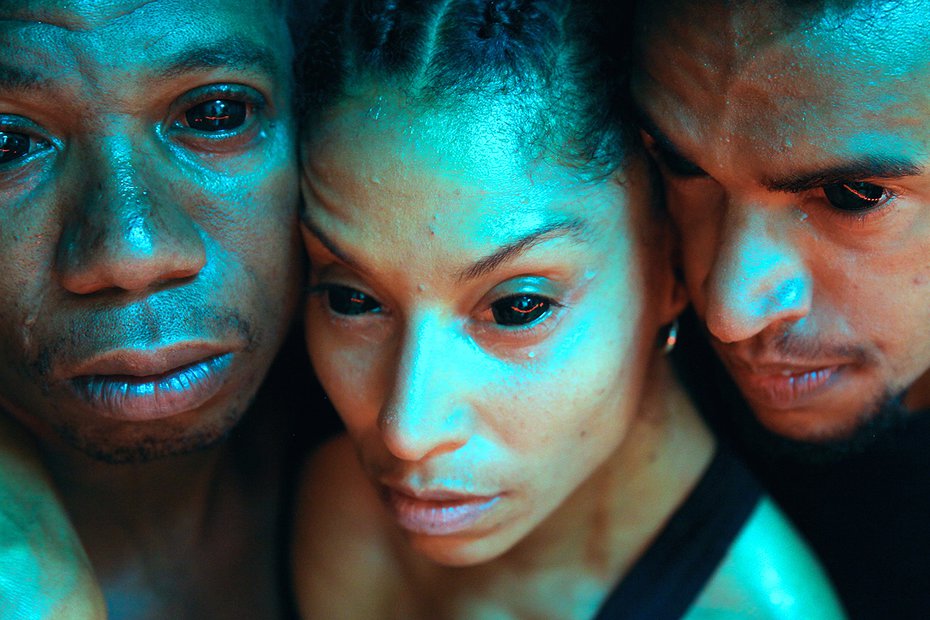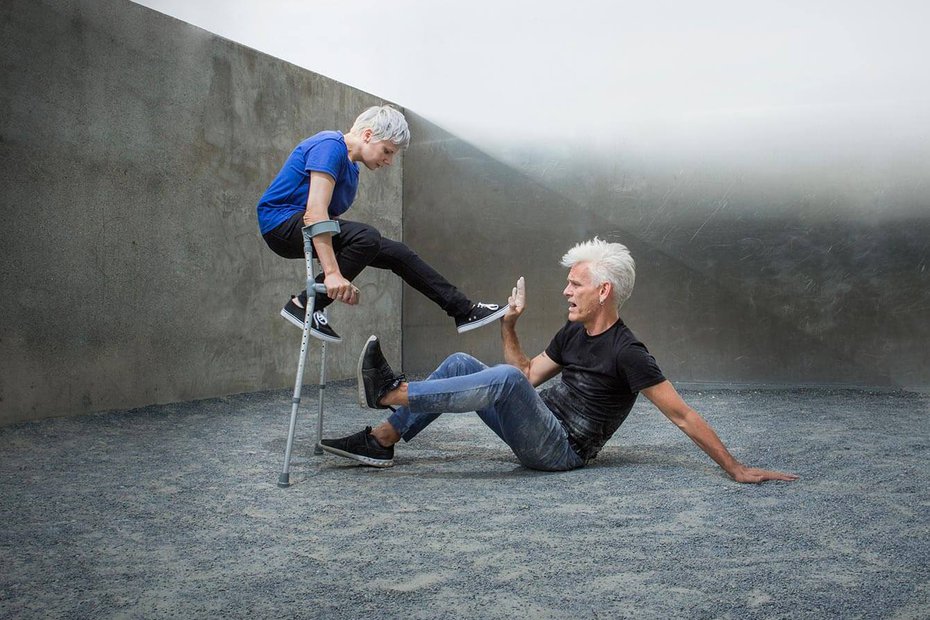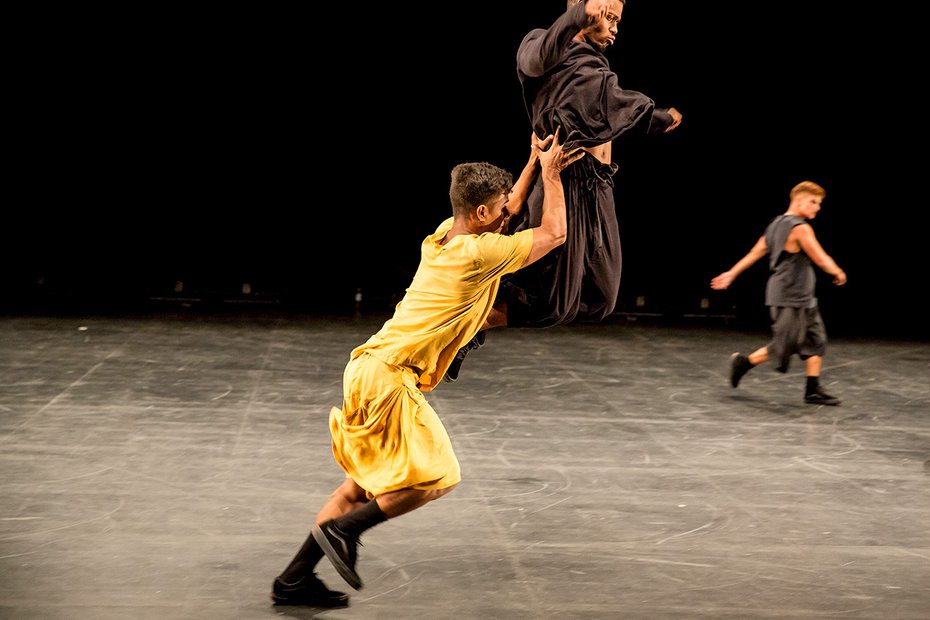What escapes computation in interactive Performance?
Facebook: https://www.facebook.com/events/459283127845354/?notif_t=plan_user_joined¬if_id=1528564350875319
SUBMIT A PROVOCATION – OPEN TO EVERYONE!
We are inviting short, succinct provocations addressing a question of vital importance to those interested in the intersection of movement and computing: What escapes computation in interactive performance? All provocations will be posted online in advance of the Conference on Movement and Computing (MOCO) from June 28-30, 2018 in Genoa, Italy, and will serve as the basis for a panel discussion at the conference.
We encourage submissions from professionals and students, artists and scientists, philosophers and robots, and everyone in between and beyond. You are welcome to submit a provocation regardless of plans to attend MOCO 2018. ALL PROVOCATIONS WILL BE SHARED ONLINE.
The provocation should be max 250 words or 60 seconds for time-based media (e.g. video, audio, slides, ?). If you wish to include media other than text, files up to 100MB can uploaded via the google form: https://goo.gl/forms/wZ6Ed1gkWT0QrpYu1.
Those who do plan to attend MOCO may indicate their interest in being selected to participate in a 60-minute interdisciplinary panel during the conference. Following MOCO, we plan to invite submissions for a peer-reviewed publication that elaborates themes from the event. If you wish to be considered as a panelist, pleasesubmit a provocation by June 15th, 2018. Additional provocations will be accepted on an ongoing basis, leading up to and following MOCO 2018.
SUGGESTED TOPICS:
Contributors may wish to consider ways in which bodies, gestures, movements, and interactions are described, inscribed, and prescribed via:
- the design of hardware and software for interaction;
- interaction mappings that generate sonification, bio-feedback, and bio-control (including with machine learning and artificial intelligence); and
- choreographic and compositional approaches to interaction design.
We are interested in diverse disciplinary motives, methods, and modes of articulation on this topic. EVERYONE IS WELCOME TO SUBMIT, regardless of disciplinary background, plans to attend MOCO 2018, or interest in being a panelist. For further thematic guidance, please read the full panel abstract.
BE A PANELIST @ MOCO – SUBMIT A PROVOCATION BY JUNE 15!
Building from these provocations, at MOCO 2018 choreographer Teoma Naccarato and composer John MacCallum will host a 60-minute interdisciplinary panel to probe aspects of movement that escape computation in performances with sensor technology, and ask if, and if so, how and why these exclusions matter differently to different communities. The panelists will be selected based on their provocations, with emphasis on: highlighting a range of disciplinary perspectives; demonstrated depth of engagement with the theme; and attendance at MOCO 2018. The panelists will be asked to take part in an email exchange, and in a video call with the convenors in advance of the conference. The panel is scheduled for Friday June 29th from 10:15-11:15 am.
***
SUBMIT A PROVOCATION HERE:https://goo.gl/forms/wZ6Ed1gkWT0QrpYu1
VISIT THE PROVOCATIONS BLOG:https://moco18provocations.wordpress.com/
If you have any questions, please contact Teoma Naccarato and John MacCallum at: moco2018.provocations@gmail.com




